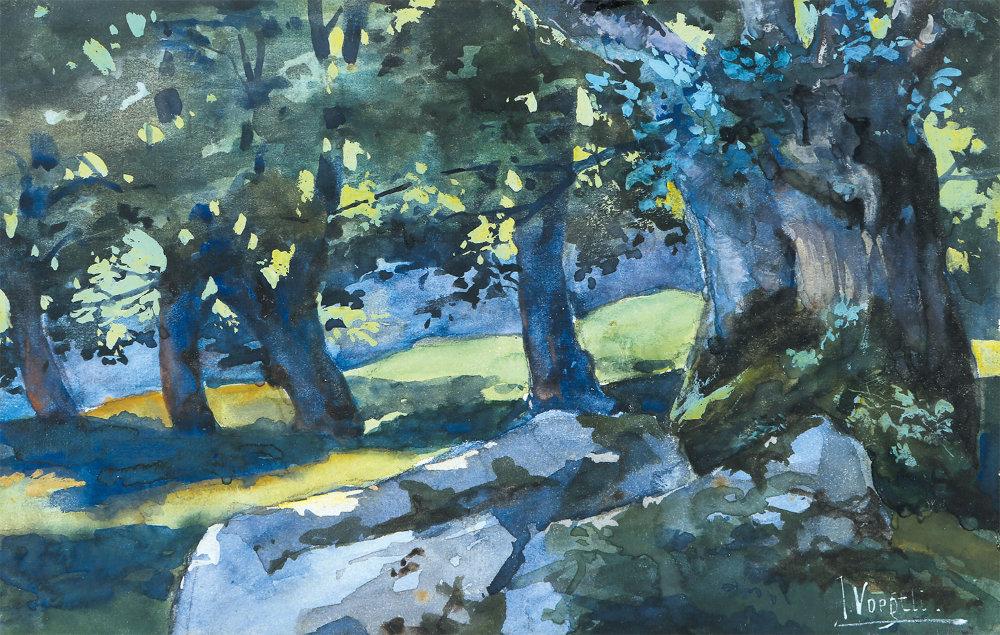Ecophobia is defined by Estok (2011) in Ecocriticism and Shakespeare as “It denotes fear and loathing of the environment” – in much the same way that the term “homophobia” denotes fear and loathing of gays, lesbians, and bisexuals (p. 24). It is a recent term in ecology studies and defines a part of Western culture. It has its roots back when primitive man was fighting to control his surroundings. The main cause can be the power of awe for natural elements, which led to great fear and perplexity in human life. Although it has been labeled as a term that originated in 20th-century literary criticism, this phobia can be traced back to the works of Shakespeare, Dante, and even to contemporary artists like Hitchcock or numerous horror movies of Hollywood. For example, Macbeth’s witches come from the heath and in Hitchcock’s “The Birds,” the birds are the cause of disorder. In this way, authors and artists depict their fear by of nature by portraying a natural element with the use of dark and awe-inspiring colors. They also mix different colors to present mystery and complexity.
In “Atmospheric Forest,” the dark blue and green tones of the work, along with the large shadows underneath the trees, indicate that the scene intends to convey horror. If it were an admiration of nature, it would have been replete with colors and light. The painting, like a photo taken by a camera, represents the forest in respite; therefore, no trace of moving water, breeze, or wind is seen. The awe of trees and sky, metaphorically shown in shadow, covers the stones. It tacitly signifies the authority of the male sky dominating the female earth. It seems to be a sunny day (with bits of sunshine strewn here and there); however, the shadow made by the leaves prevents sunlight from brightening the earth and the scene. This, therefore, shows the patriarchal domination of what is vertical over what is horizontal. Four (or five) trees are arranged in a row like a brigade of soldiers to block the enemy’s progress – sunshine, in this context. This arrangement of trees is symmetrized through the arrangement of the stones, the latter being wholly covered by the shadow of the former.
Last but not least, another remarkable feature is the absence of human beings in the work. Even the artist can be assumed as someone who has fancied the scene in his imagination, as there is no indication of their presence. This can be seen in the intactness of the environment: no broken leaves, no trodden pedicels, no ruins are seen.
Tavousi, Sohrab (2022) “Forest Mood”, in: JULIUS VOEGTLI: A Swiss Impressionist Pioneer, Edited by Nour Nouri & Davood Khazaie, Pashmin Art Publishers, pp.56-57.
Julius Vögtli (1879-1944) was a Swiss painter who played a key role in the development of impressionism in Switzerland. His landscape paintings, which often depicted the Swiss countryside, were characterized by their vibrant colors and expressive brushstrokes. Vögtli’s work helped to establish impressionism as a major artistic movement in Switzerland during the late 19th and early 20th centuries.



